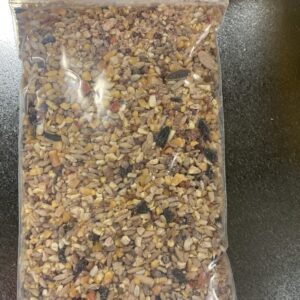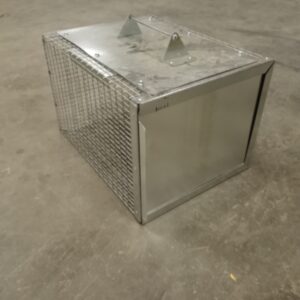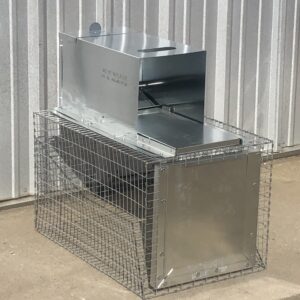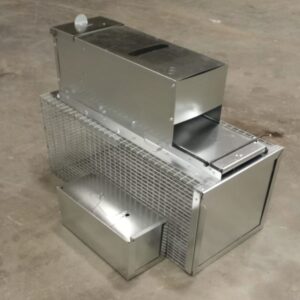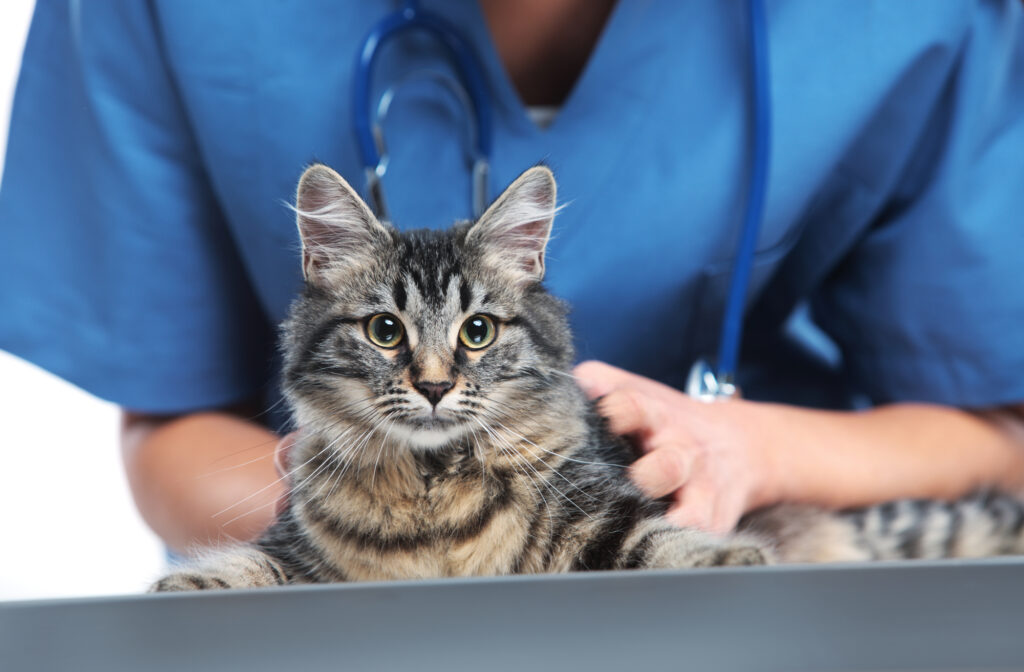
When using live repeater traps, caring for captured animals comes with the territory. These traps are valuable tools for managing wildlife such as feral cats, raccoons, and rats, but they also require a thoughtful approach to ensure these animals are cared for correctly and released safely back into their natural habitats.
In this blog post, we’ll discuss best practices for caring for captured animals that were caught in live repeater traps.
The Importance of Humane Trapping
Before we get into caring for captured animals and safe release practices, let’s first emphasize the importance of humane trapping. Live repeater traps are designed to capture animals without causing them harm. This humane approach to best control ensures the well-being of animals while addressing the need to relocate them away from certain areas where they might pose a threat to property or other wildlife.
Monitoring the Traps
To guard the safety of captured animals, it’s crucial to monitor the traps. Check them at least once every 24 hours to minimize the animals’ stress and discomfort. This practice helps you avoid unintended consequences, such as injury or exposure to harsh weather conditions.
Handling Captured Animals
When handling an animal caught in a live repeater trap, be cautious and follow these steps to keep both yourself and the animals safe:
- Wear protective gear: Protect yourself from scratches or bites by wearing long sleeves and gloves when handling captured animals.
- Approach calmly and slowly: Sudden movements and loud noises may startle the animal. To minimize stress, approach the trap calmly and slowly.
- Cover the trap: Cover the trap with a towel or cloth to calm the animal and prevent it from seeing you.
- Release the animal in a safe area: Choose a relocation site that is suitable for the specific animal species. Make sure it’s a suitable distance from humans and has access to food, water, and shelter.

Releasing Captured Cats
Follow these guidelines when releasing feral cats:
- Check for identification: Before releasing a captured cat, check for any form of identification, including a collar or a microchip. Return the cat to its owner if possible.
- Spay or neuter: If the cat does not have an owner and is not already spayed or neutered, consider taking it to a shelter or vet to have the procedure done. This helps control the feral cat population and prevent certain diseases.
- Return to original location: Whenever possible, return feral cats close to where they were trapped. They will be more familiar with the territory and be able to better fend for themselves.
- Provide food and water: Leave some food and water near the release site to help the cat transition back into its environment.
Releasing Captured Rats
Rats are highly adaptable creatures, but releasing them safely requires some care.
- Choose a safe location: Release the rats in a location away from your property, ideally in a place where they can find food and shelter.
- Prevent reentry: To prevent rats from returning, seal any entry points on your property and make sure they don’t have access to any tasty snacks that will tempt them to return.
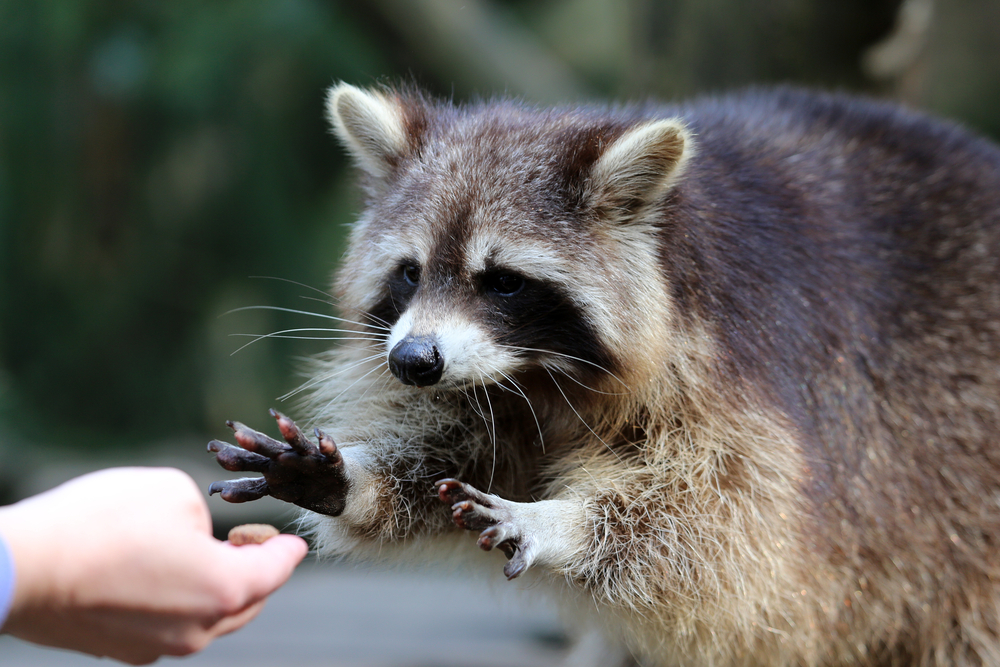
Releasing Captured Raccoons
Raccoons are clever and resourceful animals, so be extra careful when releasing them.
- Be cautious: Raccoons can carry diseases such as rabies, so avoid direct contact with them.
- Contact animal control: In some cities, it’s necessary to contact animal control for guidance on releasing raccoons. When in doubt, it’s always best to talk to the experts.
- Release at night: Raccoons are primarily nocturnal, so in order to give them the best chance of finding a new, safe location, release them after sunset.
- Secure garbage and food sources: To deter raccoons from returning, secure your garbage cans and remove any food sources.
Educating Others
As a responsible user of live repeater traps, you can play a vital role in educating your community about the importance of humane pest control. Share what you’ve learned about caring for captured animals and best practices for releasing them. Encourage your neighbors to exercise compassion when dealing with pests and help them understand the importance of respecting wildlife.
Learn More About Caring for Captured Animals
To learn more about humane pest control and caring for captured animals, turn to Uhlik Repeater Traps. We are experts on dealing with pest infestations the compassionate way, and our live repeater traps are designed to be both safe and effective. Browse our products today, or for more pest control tips, peruse our blog.

